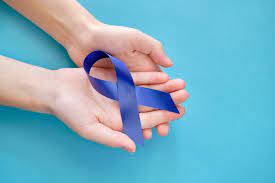
Responding to Human Trafficking among Children and Youth in Foster Care and Missing from Foster Care
Purpose
The purpose of this joint Information Memorandum (IM) from the Administration on Children, Youth, and Families (ACYF); Children’s Bureau (CB); Family and Youth Services Bureau (FYSB); and the Office on Trafficking in Persons (OTIP) within the Administration for Children and Families (ACF) at the U.S. Department of Health and Human Services (HHS) is to elevate resources available to assist states in meeting legal requirements intended to protect children and youth in the child welfare system, from negative outcomes associated with human trafficking. The IM provides an overview of federal statutes related to human trafficking among children and youth in the child welfare system and highlights resources to meet those requirements. Resources include guidance, best practices, recommendations, training, and technical assistance.
Background
Human Trafficking
Human trafficking is a public health issue that impacts individuals, families, and communities. Certain populations are disproportionately at risk including individuals who have experienced, or been exposed to, other forms of violence, such as child abuse and maltreatment, interpersonal violence and sexual assault, community violence, and gang violence. Individuals disconnected from stable support networks (youth who have left home due to family conflict or other crises, youth experiencing homelessness or housing instability, children and youth in foster care, unaccompanied minors, people displaced during natural disasters, etc.) are also at greater risk.
The Trafficking Victims Protection Act of 2000 (TVPA), as amended (22 U.S.C. 7102), defines “severe forms of trafficking in persons” as follows:
- Sex trafficking: the recruitment, harboring, transportation, provision, obtaining, patronizing, or soliciting of a person for the purpose of a commercial sex act, in which the commercial sex act is induced by force, fraud, or coercion, or in which the person induced to perform such act has not attained 18 years of age; (and)
- Labor trafficking: the recruitment, harboring, transportation, provision, or obtaining of a person for labor or services, through the use of force, fraud, or coercion for the purpose of subjection to involuntary servitude, peonage, debt bondage, or slavery.
Any minor in the community, including in foster care, who experiences forced labor or commercial sex (sex act in exchange for something of value) is a victim of a severe form of trafficking in persons. If the youth is 18 or older, there must be force, fraud, or coercion associated with the concerns of commercial sex for that youth to be considered a victim of a severe form of trafficking.
Read the rest of the memorandum here.
